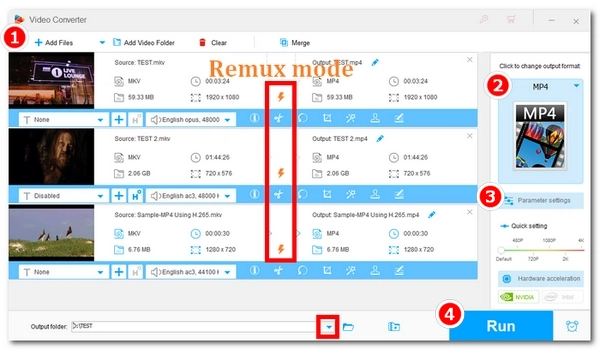
Want a better playback experience? Sometimes all you need is to change the video container format. In this article, we’ll show you two easy ways to change containers without any quality loss. Keep reading for the details.
HD Video Converter Factory Pro is a powerful video converter that can handle all kinds of video and audio tasks, including changing video containers without re-encoding. It lets you rewrap videos into another container with zero quality loss.
The program has a clean, user-friendly interface, making it easy for anyone to use. Below, we’ll walk you through an example of how to remux MKV to MP4 with this tool. Before getting started, please download and install download and install the software on your PC.
Launch HD Video Converter Factory Pro and open the "Converter." Click "+ Add Files" to load your videos. You can also drag these files into the converter directly.
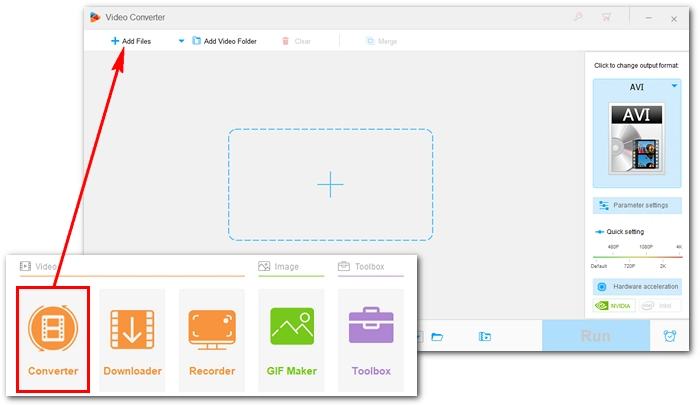
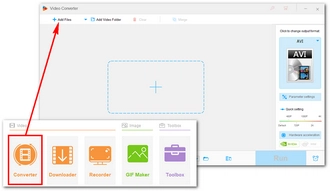
Click the format image on the right to open the format list. Select a format that supports the same codec as your original video. For example, to remux an H.264 MKV file, you can choose MP4 or MOV.
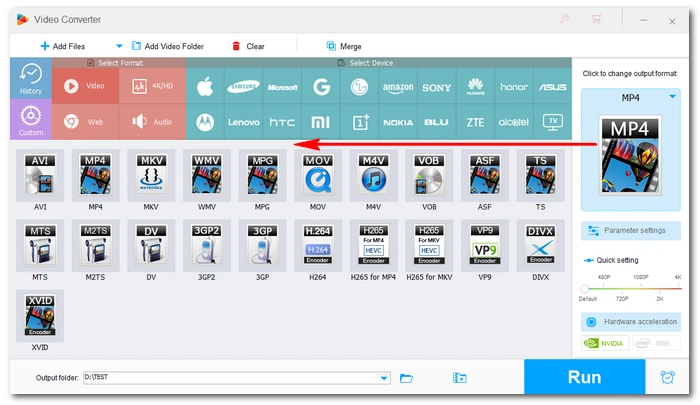
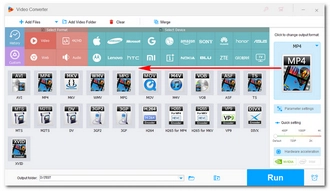
The software will smart-fit similar settings automatically. But double-check the Parameter settings to ensure the codec, resolution, and other values match the source file. If you see the lightning icon ⚡, it means remuxing is ready.
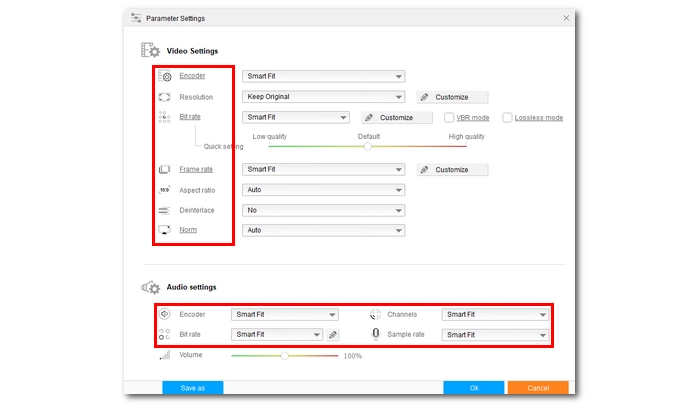
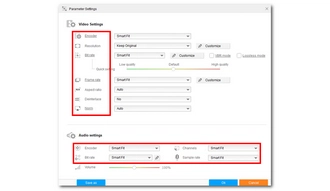
Click the ▼ button to set an output path. Then hit "Run" to start changing the video container without re-encoding.
Also Read: Change Video Codec | Change Video Format | Change Audio File Type | Change Audio Format of Video
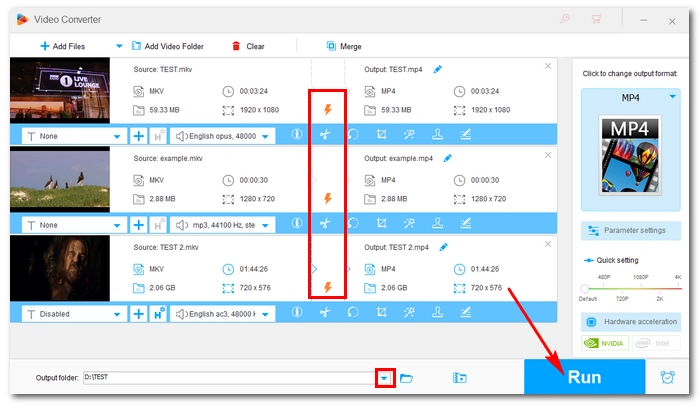
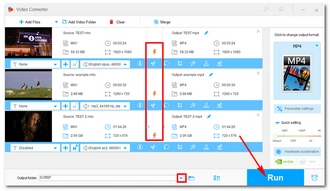
FFmpeg is a powerful open-source, cross-platform tool for multimedia tasks like video conversion and editing. It can also change video containers without any quality loss. The only problem is that FFmpeg is command-line based, so beginners may find it a bit tricky. Still, for advanced users, it’s one of the best tools available for audio and video conversion.
Below, we’ll show you an example of how to use FFmpeg to remux MKV to MP4 without re-encoding. Keep reading to learn more.
Step 1: Go to the official FFmpeg website: https://ffmpeg.org/download.html and download the latest ZIP version for Windows.
Step 2: Extract the downloaded file, rename the folder to ffmpeg, and move it to your C: drive.
Step 3: In the Windows search bar, type system environment variables and open the best match. Click Environment Variables…, select Path under User variables, and then click Edit…. Add the FFmpeg binary directory, for example: C:\ffmpeg\bin. Click OK to save the changes.
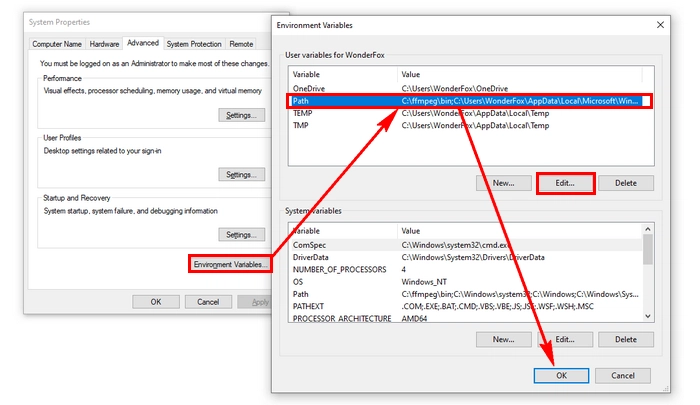
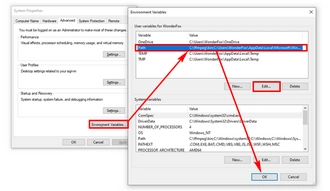
Step 4: Open the Windows search bar, type cmd to launch Command Prompt. Input ffmpeg -version and press Enter. If the setup is correct, you’ll see version information displayed.
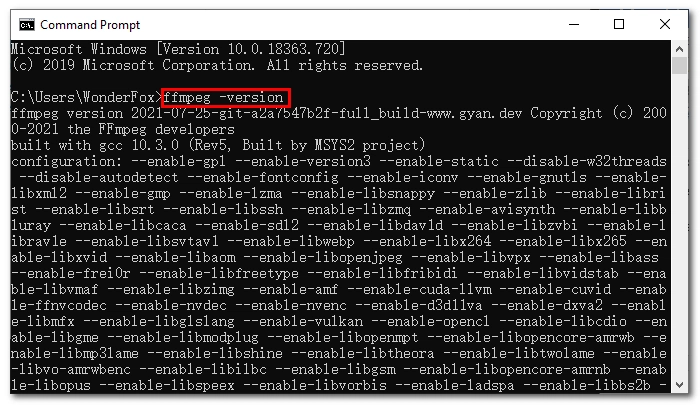
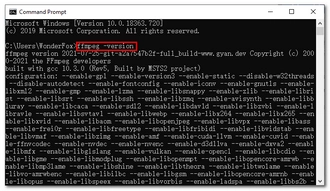
Step 5: Copy the path of the source video file. In Command Prompt, type: cd *the copied source path*. Press Enter to navigate to the directory.
Step 6: Run the following command: ffmpeg -i *example*.mkv -c copy *example*.mp4 and press Enter to start the single file remuxing.
🔔 Replace example with your actual file name.
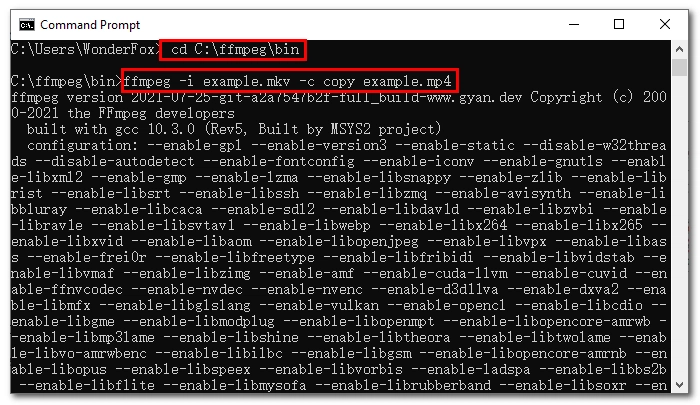
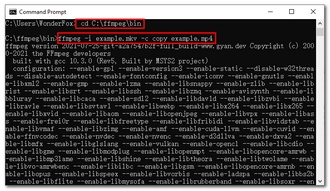
💡 To remux multiple MKV files in the same folder at once, use this command:
for /R %f IN (*.mkv) DO ffmpeg -i "%f" -c copy "%~nf.mp4"
A video container is a wrapper format used to store multimedia data, including video, audio streams, and sometimes subtitles. MP4, MKV, and AVI are the common video containers.
By saying changing video container, most people mean changing from one container format to another while keeping the data intact. This process is called remuxing or repackaging, and it is a lossless conversion. You’ll get the original video and audio quality after the process. And since the data won’t be re-encoded, the conversion will be done at the fastest speed (compared with the CPU-intensive transcoding). These are the reasons why many people prefer to change video container format only.
For changing video container without encoding, some requirements are to meet, including:
Video codecs and video containers are very different. A video codec is a piece of software to encode (compress) and decode (decompress) video data, while a video container is a package used to store video, audio, and text data. A video container can contain video encoded by different video codecs.
We’ve just shown you how to change video container without encoding using two video container switchers. You can pick your preferred method based on your needs and start changing the format of a video right away. Hope you can find this article helpful. Thanks for reading. Have a good day!
Terms and Conditions | Privacy Policy | License Agreement | Copyright © 2009-2026 WonderFox Soft, Inc.All Rights Reserved